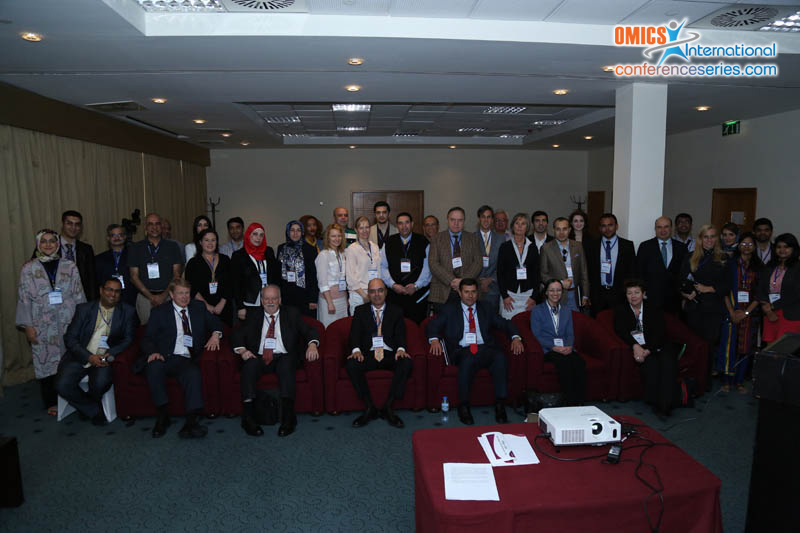Ardiana Murtezani
University Clinical Center of Kosovo, Republic of Kosovo
Title: The Effectiveness of Exercise and Electrotherapy in the Management of Temporomandibular Disorder
Biography
Biography: Ardiana Murtezani
Abstract
Introduction: Temporomandibular disorders (TMDs) are chronic musculoskeletal pain conditions. Clinical manifestation of pain is related to the use of the joint stiffness during first motions after prolonged rest and limited joint range of motion can cause significant pain and disability. There is little evidence that physical therapy methods of management cause long-lasting reductions in signs and symptoms. Exercise programs designed to improve physical fitness have beneficial effects on chronic pain and disability of the musculoskeletal system. Objective: The purpose of this study was to assess the effectiveness of physical therapy interventions in the management of temporomandibular disorders. Materials and Methods: A prospective comparative study with a 3-month follow-up period was conducted between October 2014 and December 2014 at the Physical Medicine and Rehabilitation Clinic in Prishtina. Forty six patients with TMDs, (more than three months duration of symptoms) were randomized into two groups: the mid laser therapy group (n=24) and combination of active exercise and manual therapy group (n=22). The mid laser therapy group patients were treated with fifteen sessions of mid laser therapy. The treatment period of both groups was 6 weeks at an outpatient clinic. Following main outcome measures were evaluated: (1) pain at rest (2) pain at stress (3) impairment (4) mouth opening at base-line, before and after treatment and at 3 month follow-up. Results: Significant reduction in pain was observed in both treatment groups. In the exercise group 73% (16/22) achieved at least 80% improvement from baseline in elbow pain at 3 months compared with 54% (13/24) in the drugs group (difference of 19%; 95% confidence interval 220 to 30%). Active and passive maximum mouth opening has been greater in the exercise group (p< 0.05). Conclusion: Exercise therapy in combination with manual therapy seems to be useful in the treatment of temporomandibular disorders.
Speaker Presentations
Speaker PDFs
Speaker PPTs Click Here

